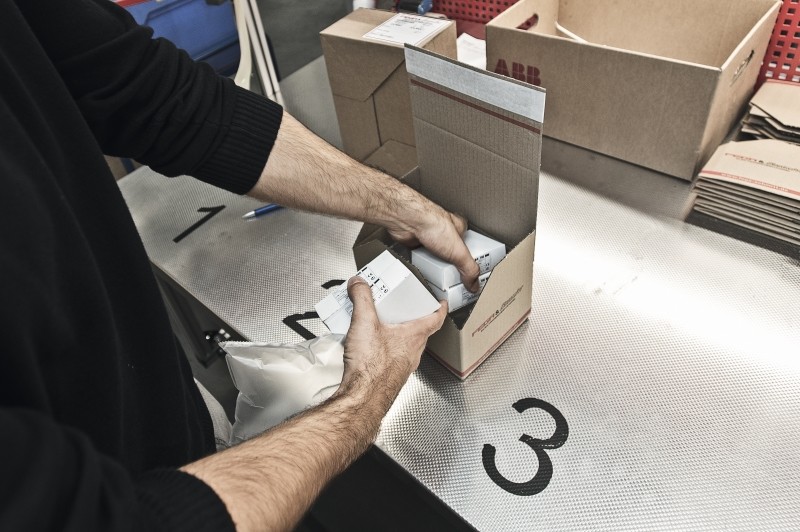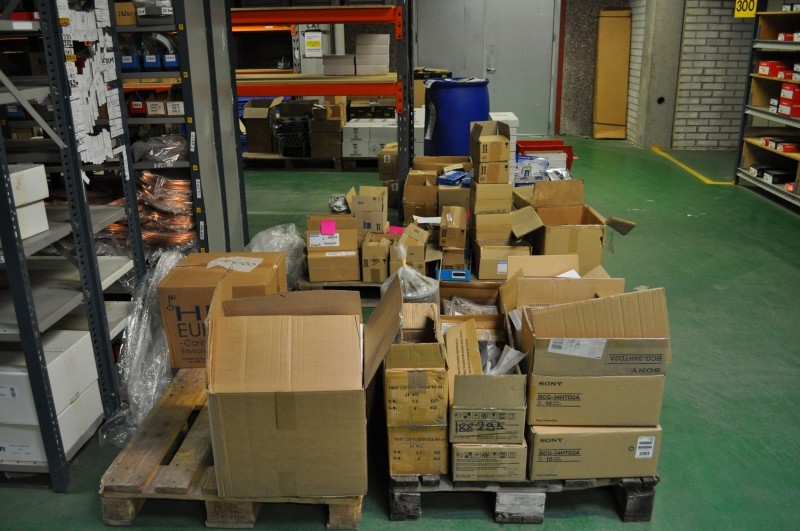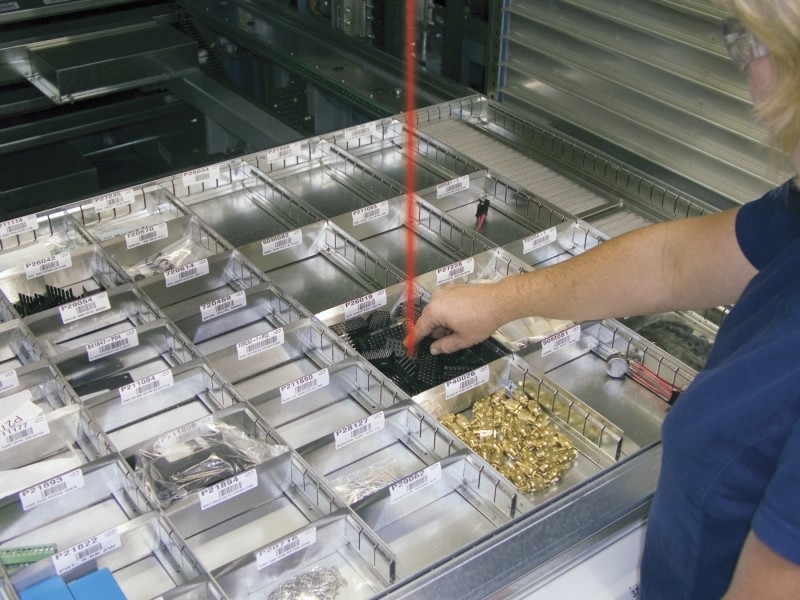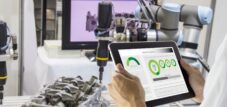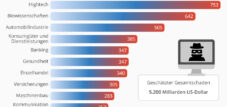What bad picks cost
Language selection 📢
Published on: November 24, 2016 / update from: November 24, 2018 - Author: Konrad Wolfenstein
And how expensive picking errors can be prevented
Mispicks are annoying, delay processes and cost logistics companies huge amounts of money every year. studies, distribution centers lose an average of over 290,000 euros annually due to picking errors. For this reason, precise picking is crucial to the success or failure of distribution companies. For this reason, work processes must run as smoothly as possible.
This is why zero-error picking is at the top of the priority list for many logisticians. But how can it be achieved? To improve performance in distribution centers, the use of modern technology is essential. But in addition to selecting and installing suitable technical systems, successful practical implementation by employees is crucial for the success of the measure. To work, the technology must be intuitive and easy for warehouse staff to use. This is the only way to create the necessary acceptance among the workforce. And this is precisely what is essential if the technology is to be successfully implemented and the costs resulting from picking errors are to be sustainably reduced.
How much does imprecise picking cost?
An amount that may seem small at first glance. However, let's assume that 60 orders are processed every hour on a line in a distribution center, each containing three parts. These 180 items per hour, multiplied by the eight hours of a shift, result in a total of 1,440 items per day where mispicking can occur. Assuming a precision rate of 99%, this results in 14.4 errors per day. If each mistake is charged at 17 euros, this results in avoidable costs of 245 euros. Calculated per year (300 working days), this adds up to an impressive amount of 73,400 euros, which is incurred with a precision rate of 99 percent. And that with just one picking station. However, in large distribution centers, completely different quantities are handled, which quickly results in amounts of several hundred thousand euros per year, which could be avoided with greater precision. Seen this way, investing in more modern storage equipment quickly makes sense.
Fewer errors with automated systems
In addition to the automated provision of items, additional features of the devices during picking are the main reason for the increased precision. By showing warehouse workers the items to be picked up using a light signal, pick by light systems their work easier and ensure more precise and faster access. Such a system supports the order picker
- Specify the number of items to be removed
- Placement of item in correct order container
- Confirmation of correct completion of the order
Errors can occur during each of these four picking steps, which are effectively prevented by the digital display. The LED or laser pointers required for this can usually be integrated into the devices as an option and tailored to the customer.
Compared to error-prone manual picking from conventional rack storage, these tools increase access accuracy to 99.9 percent and more when using automated provisioning solutions. By using modern software control and additional identification methods such as RFID or barcode, the accuracy of the devices can be increased to almost 100 percent.
Applied to our example, this almost zero-error picking results in potential savings of almost 70,000 euros per station per year. If you add the cost savings due to the lower use of personnel as well as increases in efficiency due to shorter processing times, the purchase of such a system for the distribution center pays for itself after a relatively short time.



